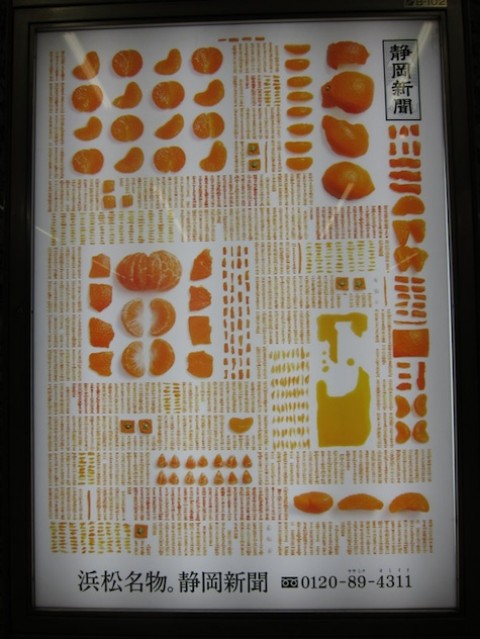 By Trish Witkowski
By Trish Witkowski
Editor’s note: Though best-known for her expertise when it comes to the art of the fold, foldfactory.com Chief Folding Fanatic Trish Witkowski is an expert in all things mail related, too. In her new ebook “Design Great Mail” – part of her “direct mail (simplified)” series – she explains the intricacies of making paper communications work for you. The following comes from the chapter “Leveraging Technology to Increase Response.” (You can order the book series here.)
On its own, mail can be powerful without a lot of extra bells and whistles—but what if you could increase your chances of success with a little extra effort and investment? Current technology has a lot to offer direct mail, and there are several ways that you can leverage technology to enhance the effectiveness of your mail campaigns.
There are technologies that improve the experience of receiving mail, offering the recipient personalized content, quick access to additional information and an opportunity to engage in a conversation with the marketer through the channel of their preference.
Other technologies work in silence behind the scenes to improve the way we manage the process of sending mail, which can be integral in our ability to respond quickly and close the sale.
USPS Intelligent Mailbarcode
The IMb consolidates the functionality of its predecessors—the POSTNET and PLANET codes—into a unique and power-packed 2D code. Believe it or not, IMb is the key to intelligent sorting, tracking and address services, all wrapped up into one unassuming little bar graphic.
Besides aesthetic improvement of printing only one barcode on a mailpiece, the benefits go much deeper than the obvious. Use of the IMb allows USPS customers to qualify for automation discounts and to have access to sophisticated address and tracking services.
One Code ACS
This program offers automatic electronic address correction for IMB users mailing First-Class, Standard Mail, Periodicals, Flats or Letters. This service reduces the volume of Undeliverable as Addressed (UAA) mail, and reduces manual address correction costs and efforts. There is a lot of value in keeping a list current and in eliminating the need to manually update mailing lists. OneCode ACS does not require a formal contract or service charges, rather fees are based upon the number of change of address or undeliverable notifications provided to the customer.
OneCode Confirm
The most exciting and powerful technology embedded in the IMb is OneCode Confirm. This service allows USPS customers to receive mail processing data for both outgoing mailings and incoming reply mailpieces that are sent as automation-compatible letters and flats for First-Class Mail, Standard Mail, and Periodicals mail. Valuable data is passed on to the mailer, including the date, time, location, sort operation, and status.
The Confirm service is broken into two categories—Destination Confirm and Origin Confirm. Destination Confirm service lets the mailer know when their mailpiece has been processed at a postal facility, and provides data to help determine when the piece will arrive at its destination. Origin Confirm service lets a mailer know when their reply mail hits the mailstream, giving valuable information about payments and orders coming in.
Variable Data Printing (VDP)
Variable Data Printing is the combining of data and high-speed digital printing to create individualized content that is tailored to the intended recipient. Many utilize basic personalization by adding a unique name and address to a static printed piece. Versioned VDP builds on basic personalization by using different templates for different groups. Full Variable Data modifies the text and imagery for each individual—this complex technique leads to the most customized, and potentially the most effective form of personalization.
“It’s like shooting 100,000 arrows from a single bow simultaneously and having each one hit its intended, separate target.”
— Kelly McCathran, Adobe Certifed Expert, describing the effectiveness of VDP
To succeed with VDP, building a comprehensive customer database is critical, because with the right information, you can use imagery that suits your customers’ preferences, offers that are in-tune with previous purchases or buying patterns, and additional technologies like personalized landing pages with customized content—but if you don’t know your customer, you’ll have to rely on an educated guess.
What are the technical requirements of VDP?
1. A data source
A spreadsheet, free of errors and duplicates, with collected data such as addresses, names and detailed preferences. The more comprehensive the list, the better the opportunity for personalization.
2. A layout tool
Variable elements (text and image) must be identified within a professional page layout software program or defined within an online VDP SaaS model.
3. A connector application
The connector application, often in the form of a software plug-in, binds the data from the database with the variable elements defined on the page.
4. Digital output machinery
VDP requires digital printing equipment, but options for VDP vary from smaller, copier-like ink-jet devices to full-blown digital presses.
…..












